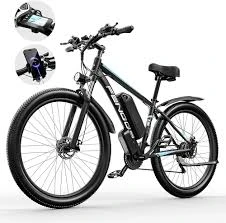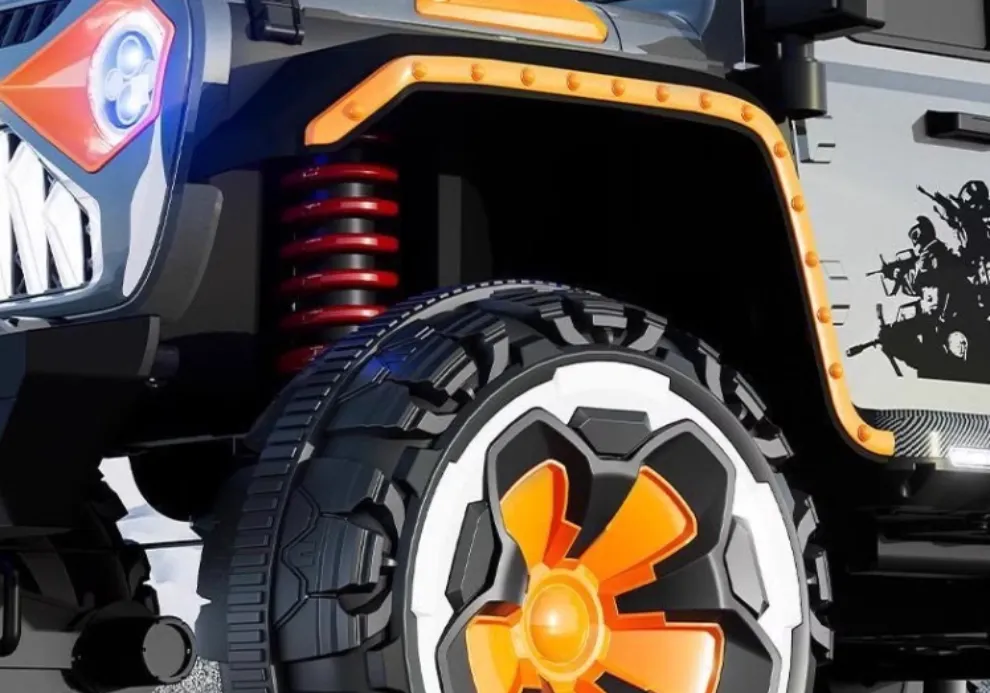
- Afrikaans
- Albanian
- Amharic
- Arabic
- Armenian
- Azerbaijani
- Basque
- Belarusian
- Bengali
- Bosnian
- Bulgarian
- Catalan
- Cebuano
- Corsican
- Croatian
- Czech
- Danish
- Dutch
- English
- Esperanto
- Estonian
- Finnish
- French
- Frisian
- Galician
- Georgian
- German
- Greek
- Gujarati
- Haitian Creole
- hausa
- hawaiian
- Hebrew
- Hindi
- Miao
- Hungarian
- Icelandic
- igbo
- Indonesian
- irish
- Italian
- Japanese
- Javanese
- Kannada
- kazakh
- Khmer
- Rwandese
- Korean
- Kurdish
- Kyrgyz
- Lao
- Latin
- Latvian
- Lithuanian
- Luxembourgish
- Macedonian
- Malgashi
- Malay
- Malayalam
- Maltese
- Maori
- Marathi
- Mongolian
- Myanmar
- Nepali
- Norwegian
- Norwegian
- Occitan
- Pashto
- Persian
- Polish
- Portuguese
- Punjabi
- Romanian
- Russian
- Samoan
- Scottish Gaelic
- Serbian
- Sesotho
- Shona
- Sindhi
- Sinhala
- Slovak
- Slovenian
- Somali
- Spanish
- Sundanese
- Swahili
- Swedish
- Tagalog
- Tajik
- Tamil
- Tatar
- Telugu
- Thai
- Turkish
- Turkmen
- Ukrainian
- Urdu
- Uighur
- Uzbek
- Vietnamese
- Welsh
- Bantu
- Yiddish
- Yoruba
- Zulu
Feb . 14, 2025 07:40 Back to list
bicycle women's mountain bike
Selecting the perfect women's mountain bike can be a transformative experience, allowing riders to explore off-road terrains with confidence and excitement. With the ever-increasing choices available on the market, making the right decision requires understanding key features, benefits, and factors to prioritize.
Gear systems are crucial for managing varied terrains. Modern mountain bikes often come with 1x drivetrains, simplifying the shifting process with a single chainring up front and a wide-range cassette at the back. This setup reduces maintenance and eliminates the need to juggle between front chainrings, making it a popular choice for both beginners and seasoned riders. However, traditional 2x or 3x drivetrains remain in use, offering a broader range of gears suited for diverse riding conditions, especially when climbing steep inclines. While these components are technical, factors such as fit and comfort should not be overlooked. A well-fitting bike ensures that the rider maintains control, comfort, and riding efficiency. Many manufacturers now offer women-specific geometries, with shorter top tubes, narrower handlebars, and women's-specific saddles, ensuring better ergonomics and a more enjoyable riding experience. The credibility and reliability of the brand also contribute significantly to the decision-making process. Renowned brands with a history of innovation and quality, such as Trek, Specialized, and Giant, often provide comprehensive warranties and after-sale services, ensuring long-term satisfaction. Moreover, firsthand experiences from seasoned riders can offer invaluable insights. Engaging with local riding communities, reading expert reviews, and attending bike demos or trials can provide nuanced understanding and confidence in the purchasing decision. Ultimately, the right women's mountain bike enhances outdoor adventures, offering empowerment and freedom. It is a symphony of personal preferences, technical knowledge, and riding aspirations. By carefully considering each factor and gaining insights from both experts and the community, the investment will undoubtedly lead to enriching and thrilling riding experiences on any trail.


Gear systems are crucial for managing varied terrains. Modern mountain bikes often come with 1x drivetrains, simplifying the shifting process with a single chainring up front and a wide-range cassette at the back. This setup reduces maintenance and eliminates the need to juggle between front chainrings, making it a popular choice for both beginners and seasoned riders. However, traditional 2x or 3x drivetrains remain in use, offering a broader range of gears suited for diverse riding conditions, especially when climbing steep inclines. While these components are technical, factors such as fit and comfort should not be overlooked. A well-fitting bike ensures that the rider maintains control, comfort, and riding efficiency. Many manufacturers now offer women-specific geometries, with shorter top tubes, narrower handlebars, and women's-specific saddles, ensuring better ergonomics and a more enjoyable riding experience. The credibility and reliability of the brand also contribute significantly to the decision-making process. Renowned brands with a history of innovation and quality, such as Trek, Specialized, and Giant, often provide comprehensive warranties and after-sale services, ensuring long-term satisfaction. Moreover, firsthand experiences from seasoned riders can offer invaluable insights. Engaging with local riding communities, reading expert reviews, and attending bike demos or trials can provide nuanced understanding and confidence in the purchasing decision. Ultimately, the right women's mountain bike enhances outdoor adventures, offering empowerment and freedom. It is a symphony of personal preferences, technical knowledge, and riding aspirations. By carefully considering each factor and gaining insights from both experts and the community, the investment will undoubtedly lead to enriching and thrilling riding experiences on any trail.
Next:
Latest news
-
The Ultimate Kids' Four-Wheeler Experience
NewsJul.09,2025
-
The Ultimate Guide to Mountain Bikes: Gear Up for Your Ride
NewsJul.09,2025
-
The New Age of Cycling: Electric Bikes for Every Rider
NewsJul.09,2025
-
The Best Kids Bicycles: Ride in Style and Safety
NewsJul.09,2025
-
The Best 3-Wheel Scooters for Kids: Fun, Safety, and Adventure
NewsJul.09,2025
-
Revolutionize Your Ride: Affordable Electric Bikes
NewsJul.09,2025
-
Finding the Perfect Mountain Bike for Every Rider
NewsJul.09,2025



